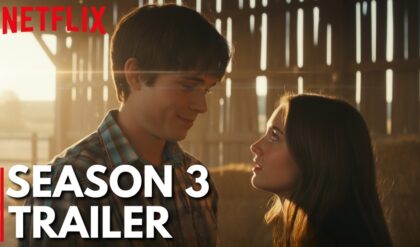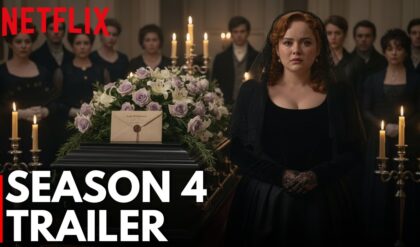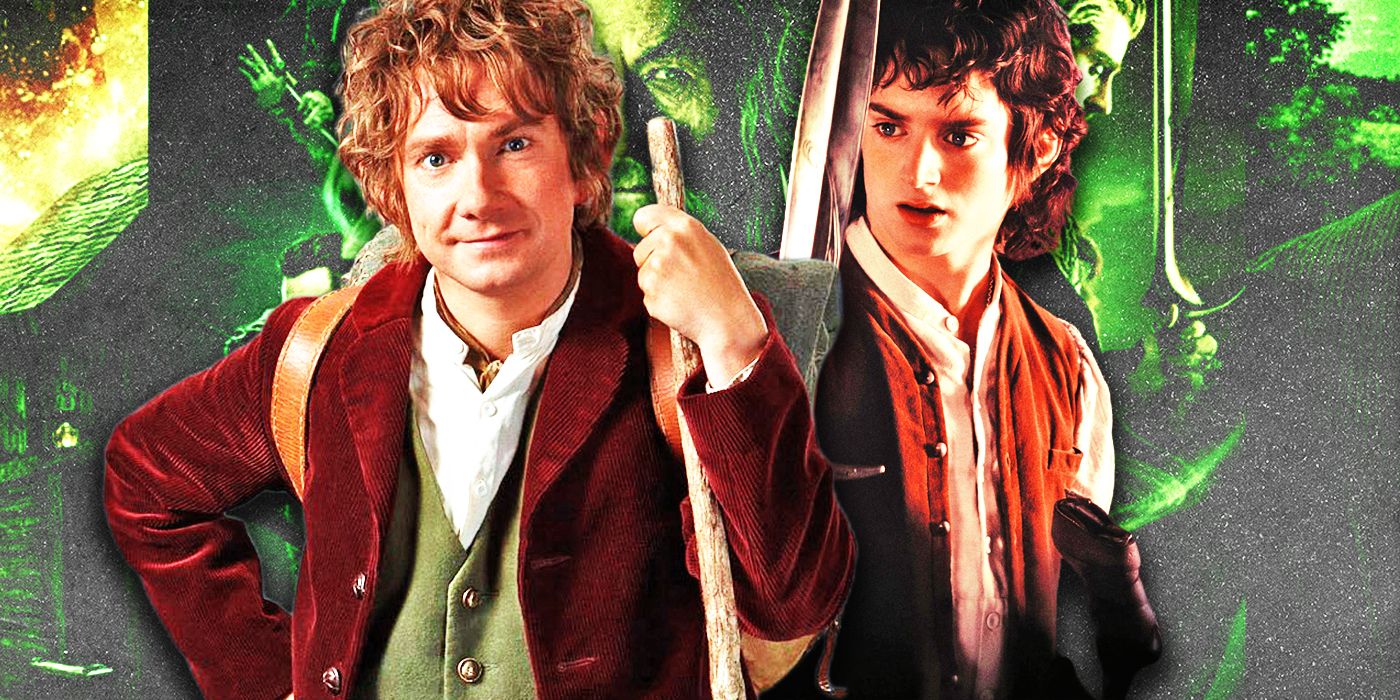
Yet, in The Hobbit, the One Ring did not affect Bilbo in this way. He wore it more often than Frodo and usually for longer periods. An extreme example occurred when Thranduil imprisoned Thorin’s Company in the Woodland Realm. In the chapter “Barrels Out of Bond,” Tolkien wrote, “It was a weary long time that [Bilbo] lived in that place all alone, and always in hiding, never daring to take off his ring… even tucked away in the darkest and remotest corners he could find.” In Peter Jackson‘s film adaptation, this section of the story lasted a day at most, but in the novel, Bilbo carried on like this for “a week or two” before figuring out a way to free the Dwarves and escape. The real-world explanation for this difference is that Tolkien had not yet come up with the One Ring’s lore when writing The Hobbit, but within the canon of Middle-earth, there were a few reasons that Frodo’s experience with the One Ring was so much more harrowing than Bilbo’s.
Sauron’s Strength Was Greater in The Lord of the Rings
Name
Frodo Baggins
Bilbo Baggins
Age in The Hobbit
n/a
51
Age at the Start of The Lord of the Rings
33
111
Age at the End of The Lord of the Rings
53
131
Actor(s) in Jackson’s Films
Elijah Wood
Martin Freeman and Sir Ian Holm
The first reason had to do with Sauron, the creator and master of the One Ring. The One Ring’s power was directly connected to Sauron’s, which fluctuated throughout the Third Age. In The Lord of the Rings, Sauron was the strongest he had been since his reign of terror in the Second Age; he was just a few key victories away from conquering Middle-earth. But during the events of The Hobbit, Sauron was in a far weaker state, still trying to reform his body in Dol Guldur. Further, in The Lord of the Rings, Sauron was actively searching for the One Ring, which he was not in The Hobbit. This is why, unlike Bilbo, Frodo often saw the Eye of Sauron and heard the Dark Lord’s voice when he was in the wraith world.
The geography of Frodo’s and Bilbo’s journeys also played a part, for the One Ring’s power increased as it drew closer to Sauron. In The Lord of the Rings, Frodo was traveling south towards Sauron’s realm of Mordor so that he could destroy the One Ring in Mount Doom. By contrast, Bilbo was moving north towards Erebor, which took him away from both Mordor and Dol Guldur. Additionally, the One Ring had a degree of sentience, and though its goal was always to return to Sauron, it had different needs in The Hobbit than in The Lord of the Rings. In the latter, Frodo was acting against the One Ring’s interests by trying to destroy it, so it hindered him whenever possible. In the former, Bilbo instead aided the One Ring by getting it away from Gollum, who was unlikely to ever leave his cave otherwise. If it had worn Bilbo down like it did Frodo, he might have abandoned it and allowed Gollum to find it again.
The One Ring Was Not Frodo’s Only Burden
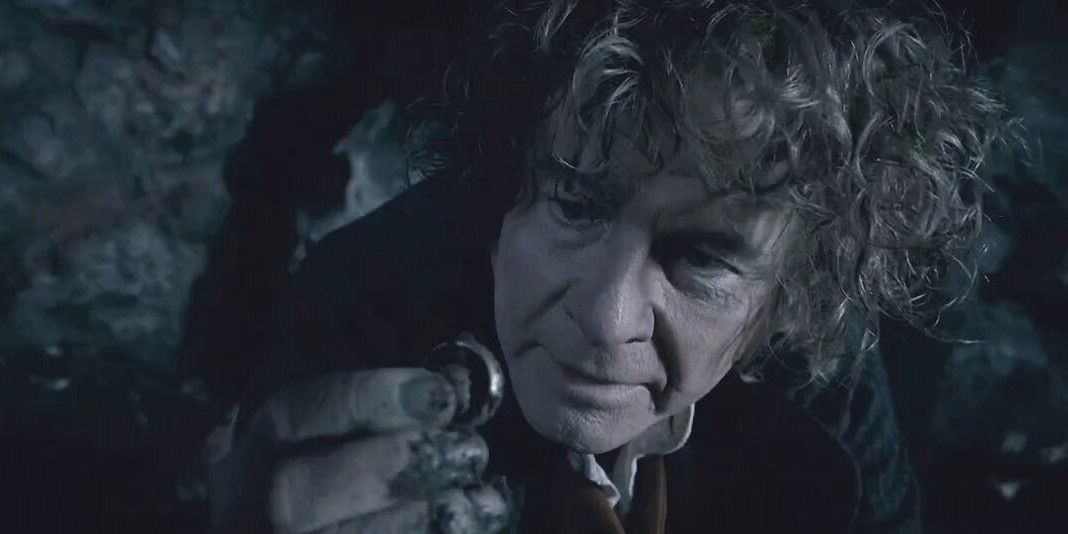
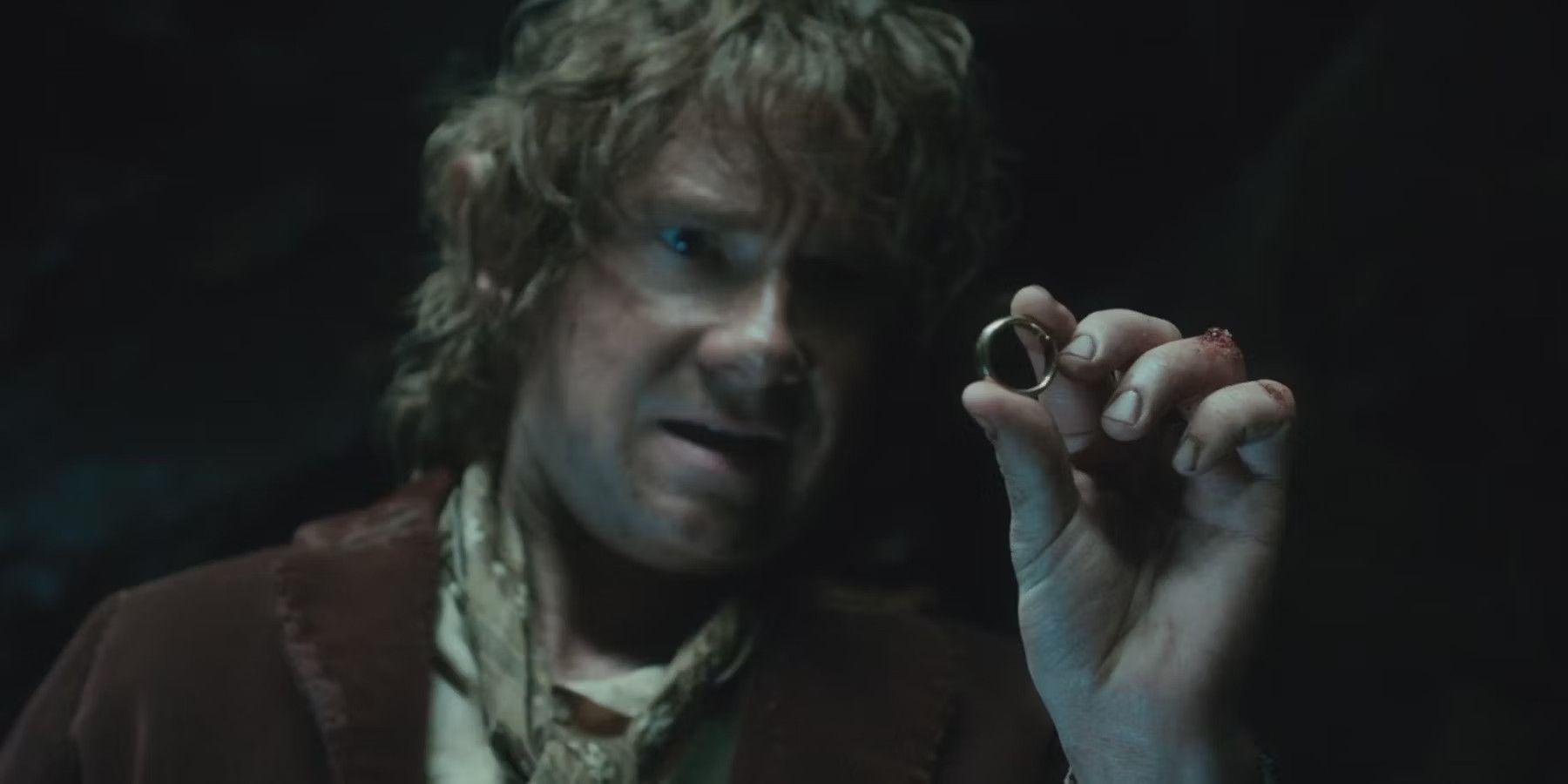
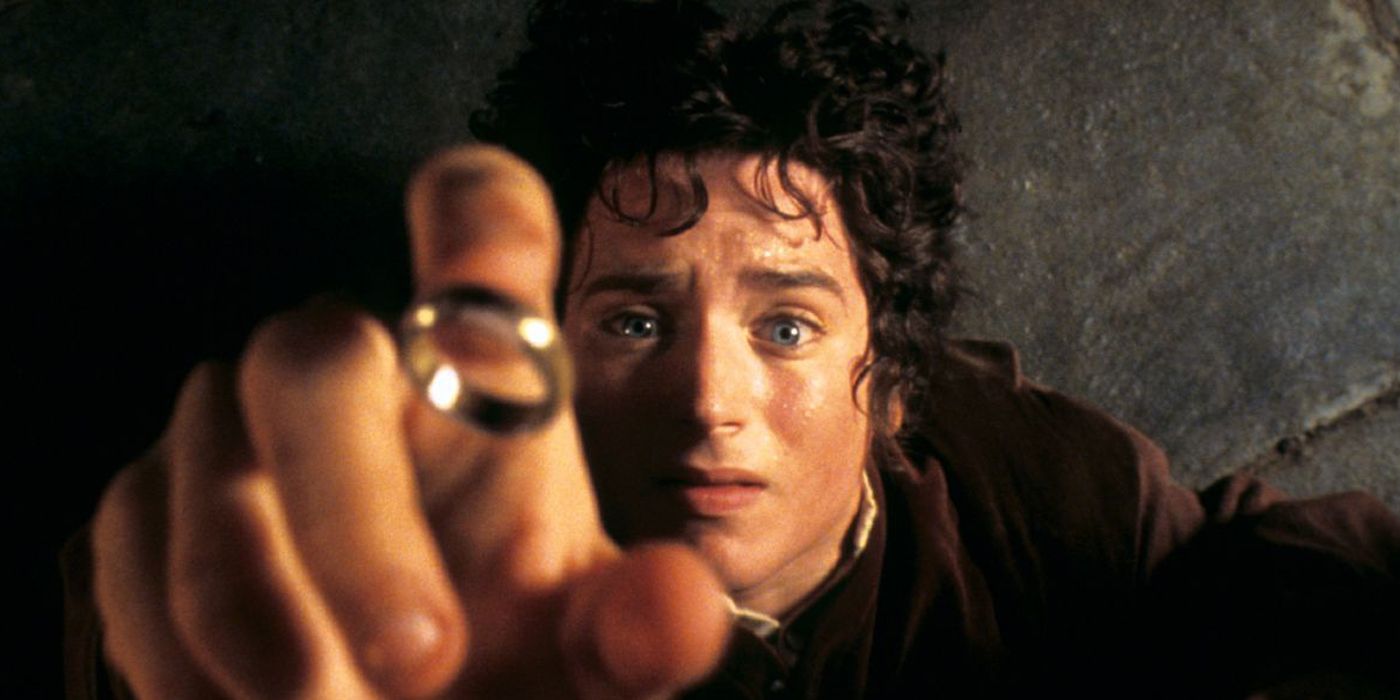
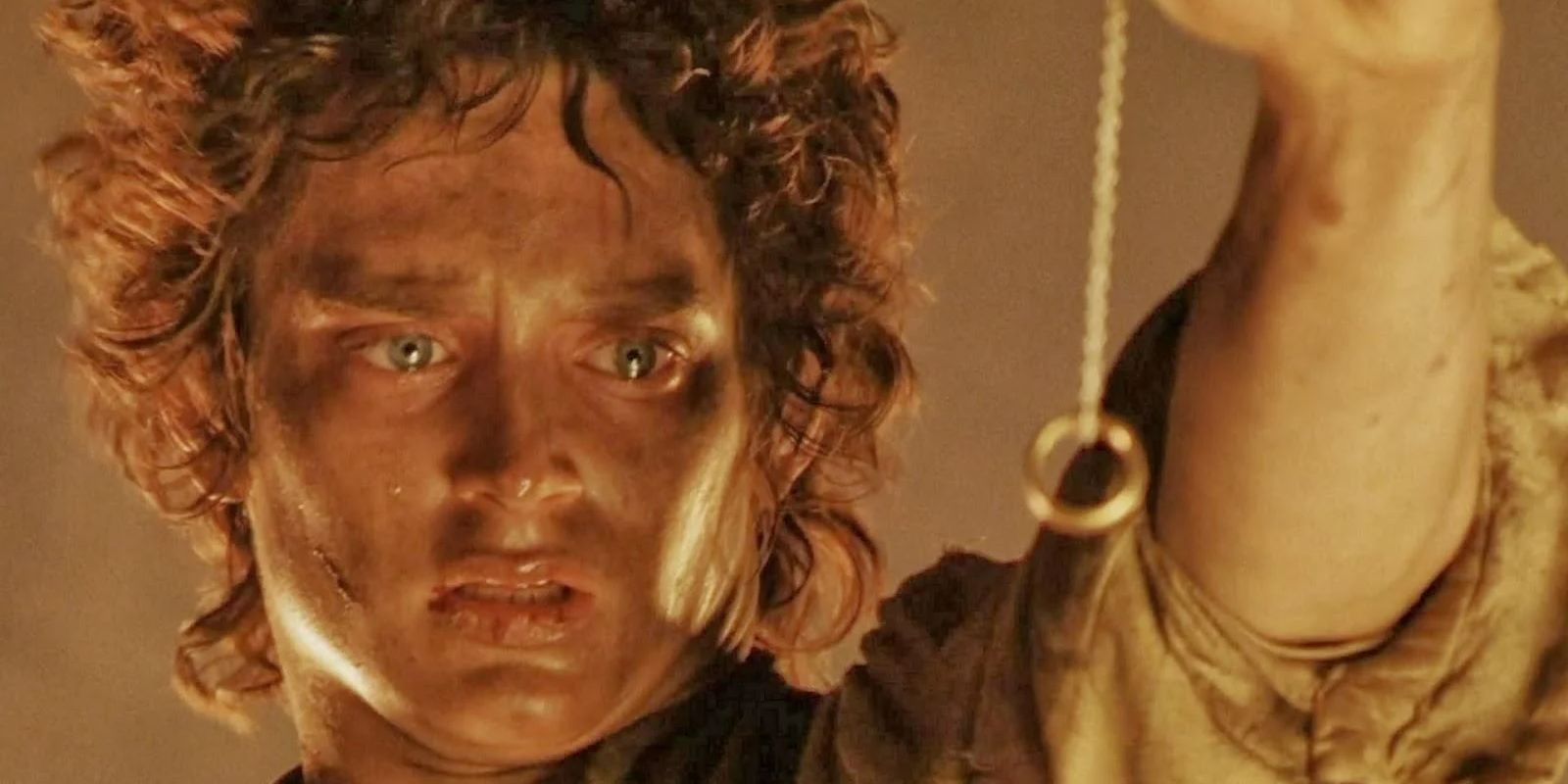




In Jackson’s The Hobbit: The Desolation of Smaug film, Bilbo briefly sees the Eye of Sauron when wearing the One Ring in Smaug’s lair.
Another reason that the One Ring did not affect Bilbo as much is that he was in a better mental state. Frodo had no desire to go on his journey, but he had little choice in the matter. Even by the end of The Fellowship of the Ring, Frodo is miserable, and he only falls deeper into despair as the story continues. There was an enormous amount of pressure on him — if he failed, Middle-earth was doomed. Bilbo had been reluctant to go on his journey at first, but he eventually chose to go through with it because he heard the call of adventure. He did not endure nearly as many hardships as Frodo, and the stakes of his quest were lower. Frodo summed up these differences in the chapter “Three is Company” from The Fellowship of the Ring: “Bilbo went to find a treasure, there and back again; but I go to lose one, and not return, as far as I can see.”
The One Ring tempted its wearers with their greatest desires, but it also preyed on their fears and insecurities, of which Frodo had many more than Bilbo. Frodo’s life was emotionally fraught even before setting out on his quest. When he was only 12 years old — which was even younger by hobbit standards — Frodo lost both of his parents in a boating accident. He lived with the Brandybucks for the next nine years of his life before Bilbo took him in. Though he was relatively well-adjusted by the time of The Lord of the Rings, the trauma of his family’s death must have had a lasting impact on him. Frodo’s heritage might have made him naturally less resilient as well; he and Bilbo were both descended from the Tooks, who were often more adventurous than most hobbits, but Frodo was only a quarter Took while Bilbo was half Took.
Bilbo Survived The Hobbit Mostly Unscathed
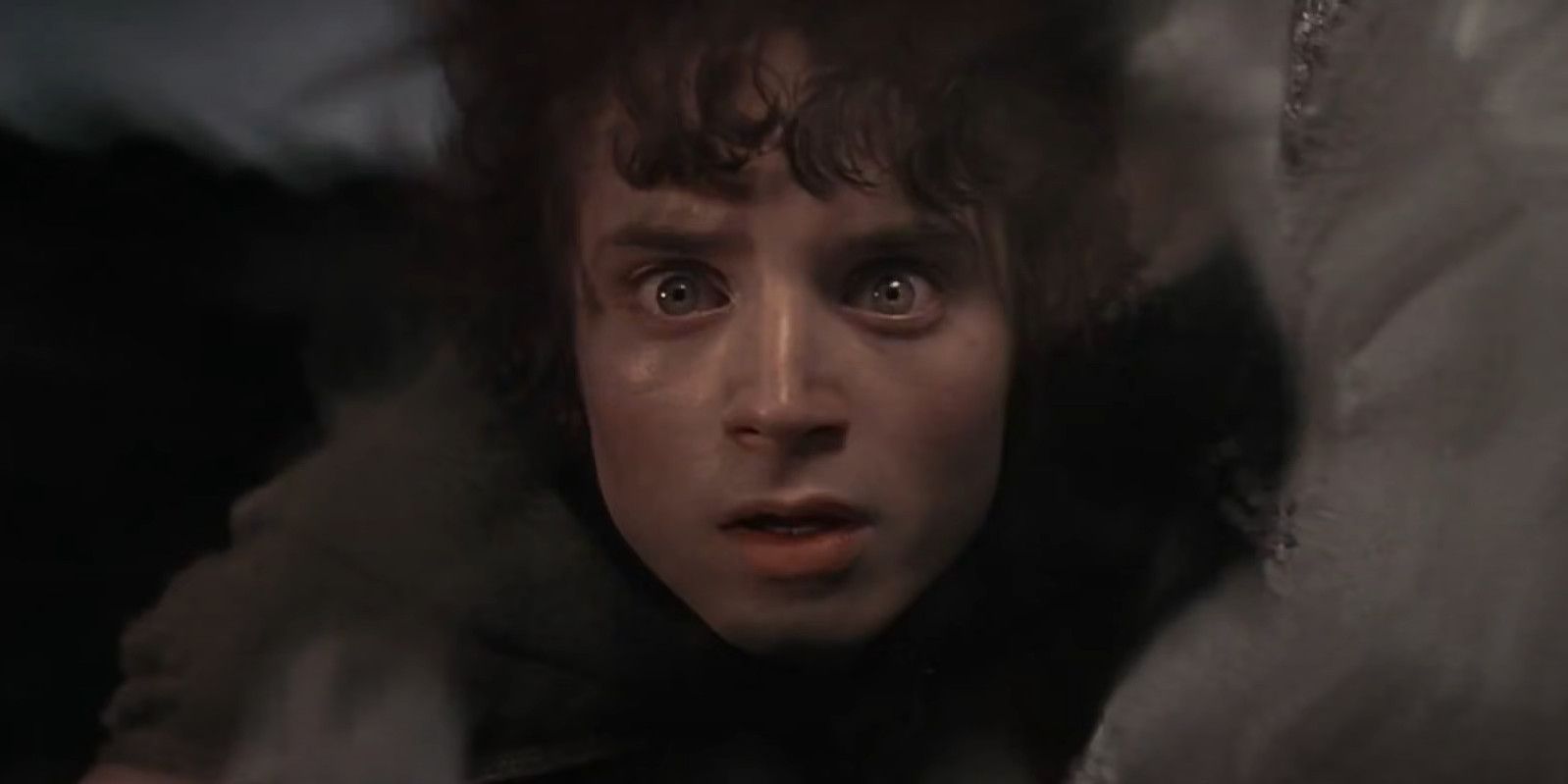
Frodo’s parents were named Drogo Baggins and Primula Brandybuck.
Frodo is also at a physical disadvantage because of the wounds he sustained throughout The Lord of the Rings. An Orc stabbed him with a spear in the Mines of Moria, Shelob bit and poisoned him in her lair, Orcs whipped him during his imprisonment in the Tower of Cirith Ungol, and most significantly, the Witch-king inflicted a Morgul-wound upon him at Weathertop. The effects of the Morgul blade compounded those of the One Ring, as both threatened to pull him into the wraith world. Even after Elrond healed Frodo, the Morgul wound drained him physically and spiritually throughout the rest of his journey. It and Frodo’s many other injuries weakened him, making the One Ring even harder to bear. Bilbo received some bumps and bruises in The Hobbit, but he was none the worse for wear by the end of the story.
Bilbo’s and Frodo’s differing relationships with the One Ring were major factors that set the tones of their stories apart. Despite some tragedy, The Hobbit was a fun, whimsical fairy tale, so the One Ring allowed Bilbo to engage in daring adventures and cleverly escape danger. When his quest was over, he was able to live a carefree and supernaturally long life in the Shire, after which he vacationed in Rivendell for a while before going to the Undying Lands. The Lord of the Rings was a more mature and often grim fantasy epic, so the One Ring instead pushed Frodo to his breaking point. He was too traumatized to return to any sense of normalcy and needed to go to the Undying Lands when he was only 53 years old, barely middle-aged for a hobbit. Frodo’s struggle as the Ring-bearer was not a personal failing but a result of circumstances beyond his control.
